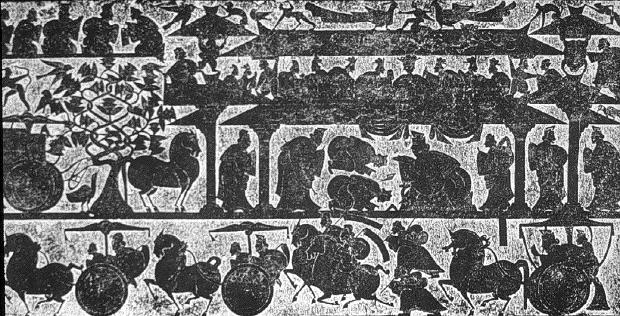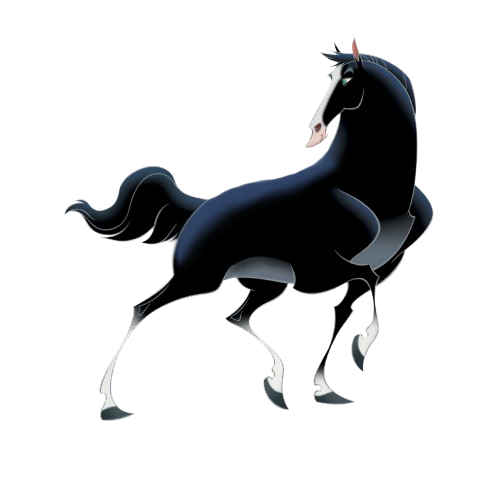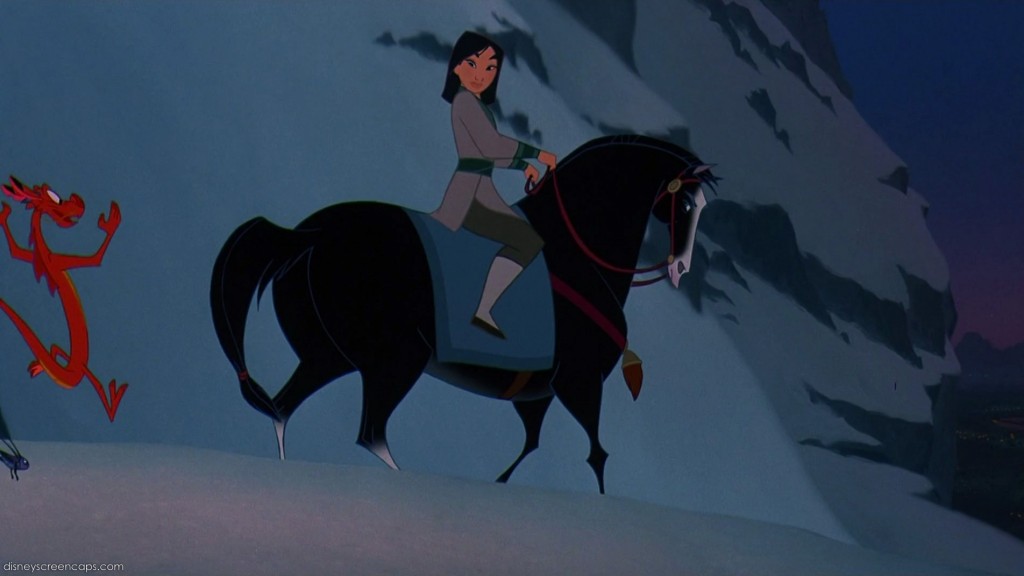We’ve established the fact that Disney definitely has some art historians employed in their animation department (see the entries for The Little Mermaid and Frozen if you doubt this fact). But what’s even more impressive is that Disney doesn’t just draw on Western art of the last 500 years in their films–their art historical knowledge spans all of time and knows no boundaries, as evidenced by some of the art in the 1998 film Mulan. Aside from being totally awesome, Disney’s Mulan is based on a traditional Chinese legend about a woman who takes her ailing father’s place in the Chinese army. According to Wikipedia, the legend originates from around 420-589 AD/CE.

In an introductory course to world art I took awhile ago, we came across this relief while studying art of the late 100s in China. It is a rubbing of a relief from the Wu family shrines, a family tomb complex in Jiaxiang built between 151 and 170 AD/CE. According to Michael Kampen O’Reilly, the author of the textbook Art Beyond the West that I’ve faithfully kept (because I am not a nerd), the reliefs reflect the Wu family’s Confucian values and are some of the most important examples of “early Chinese pictorial art.” With this in mind, my professor asked us if the horse happened to look familiar. I didn’t see anything…until my professor put the picture of the horse from the Wu family shrine next to this picture:

The horse featured in this section of the Wu family tombs looks remarkably similar to Khan, Mulan’s horse. Khan looks more like this horse than any of the other horses featured in Disney movies, such as Samson from Sleeping Beauty or Philippe from Beauty and the Beast, as his midsection is much wider and his legs are much thinner. He certainly looks much more like the Wu family horse than any other horse in the Disney universe at the time of his creation. Which means someone at Disney certainly did their homework to ensure that Khan the horse resembled the art of around the same time period in which the historical Mulan legend probably began circulating, give or take two hundred years.

Now that’s some thorough research by the folks at Disney. If that’s not impressive, I don’t know what is.
Want to know more about the historical Mulan? Wikipedia’s article is a decent starting point.
Also awesome: UCSB’s computer reconstruction of the Wu family shrine. Talk about armchair traveling!







